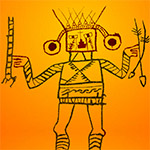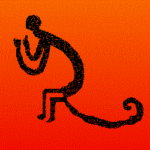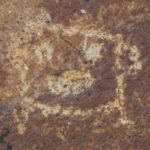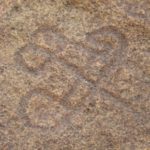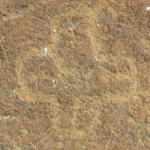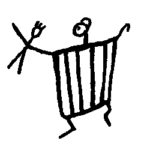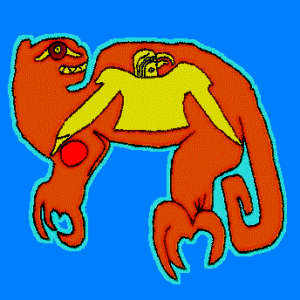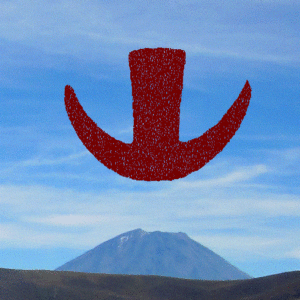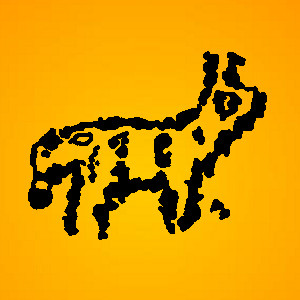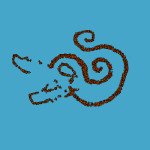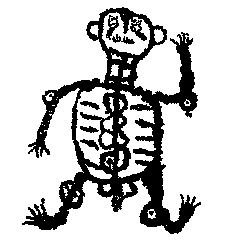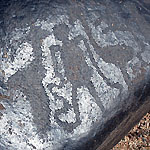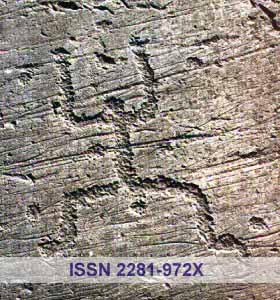With great interest I have watched the YouTube Video called: Charla Rupestre: Los Petroglifos de Chillihuay. Arequipa, Perú by Maritza Rodríguez Cerrón and Daniel Chumpitaz Llerena (21 August 2020), two leading Peruvian archaeologists who have intensively surveyed the important rock art site of Chillihuay in southern Peru. However, a couple of those drawings in their 2014-paper drew my attention, as they proved to be incorrect (PDF available).
by Maarten van Hoek – rockart @home.nl Read more
